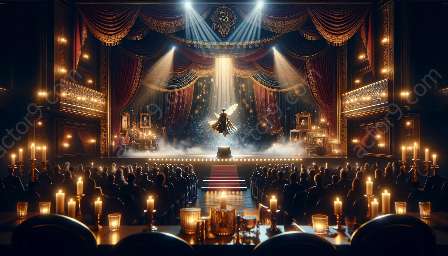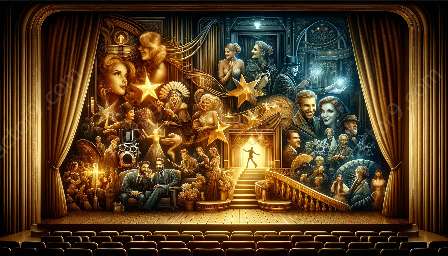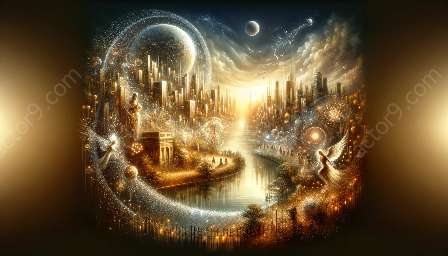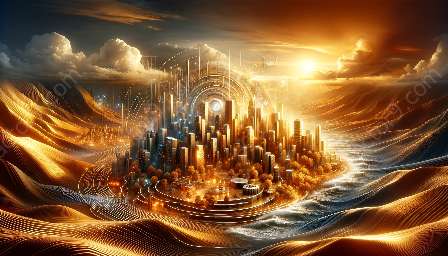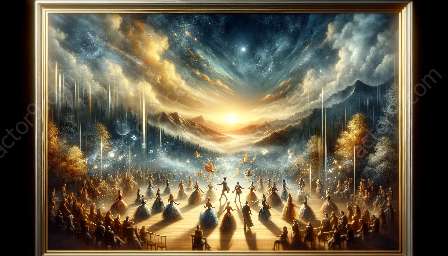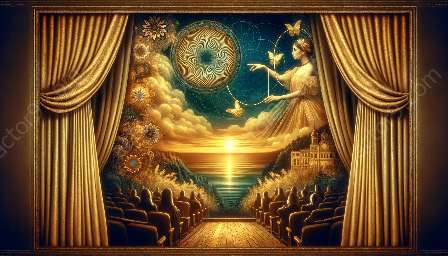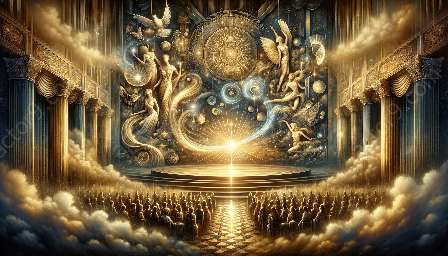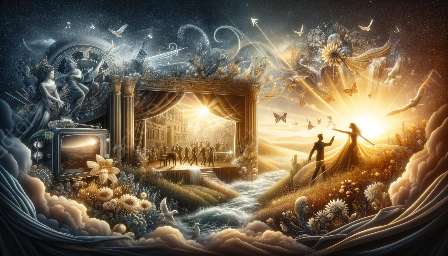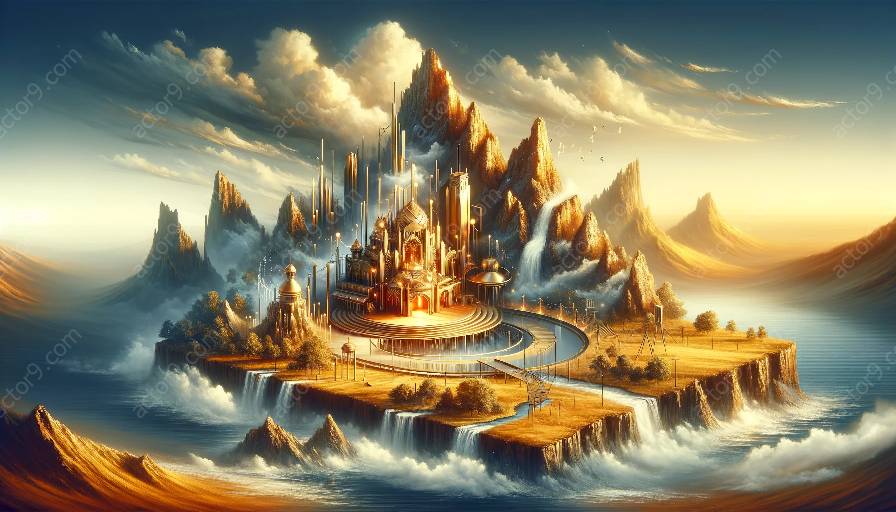Illusion design and construction, as well as the art of magic, are deeply intertwined with mathematical principles, offering a captivating blend of creativity and scientific understanding. In this comprehensive exploration, we delve into the intricate connection between mathematical principles and illusion design, uncovering the profound impact of mathematical concepts on the creation and construction of captivating illusions.
The Role of Mathematics in Illusion Design and Construction
At its core, illusion design relies on the manipulation of perception and cognitive processes to create sensational effects. Mathematics provides the foundation for understanding and controlling these perceptual manipulations. Whether it's the precise angles and dimensions of a stage set for a magic performance or the geometric patterns used in optical illusions, mathematical principles play a pivotal role in crafting scenes that defy reality.
Geometric Precision and Visual Deception
Geometric principles, such as symmetry, perspective, and proportion, form the essential toolkit for illusion designers. By leveraging these principles, they can create visually stunning and confounding illusions. For instance, the precise alignment of shapes and lines in an anamorphic illusion relies on mathematical accuracy to achieve the intended visual effect when viewed from a specific angle. Similarly, the use of symmetrical patterns in stage design can mesmerize audiences as they witness seemingly impossible transformations and disappearances.
The Art of Misdirection and Probability
Magic, a fascinating form of illusion, often employs misdirection to captivate and deceive audiences. From card tricks to grand illusions, magicians skillfully manipulate attention and perception. Here, the principles of probability and statistics come into play, aiding magicians in creating seemingly impossible feats. Understanding the mathematical likelihood of certain outcomes allows them to craft illusions that leave audiences astonished at the apparent defiance of natural laws.
Applying Mathematical Concepts in Illusion Design
The fusion of mathematics and illusion design extends beyond theoretical principles, as it directly influences the construction and execution of captivating performances. Through the application of numerical concepts, illusionists and stage designers can elevate their craft to new heights of wonder and astonishment.
Algorithmic Artistry and Interactive Illusions
Modern illusion design incorporates algorithms and computational techniques to craft interactive experiences that mesmerize audiences. By leveraging mathematical algorithms, designers create dynamic illusions that adapt to audience interactions, using real-time calculations to produce captivating visual effects. These interactive illusions blur the line between reality and art, engaging viewers in a world of mathematical enchantment.
Engineering Marvels of Illusion
The construction of elaborate stage sets and magical apparatus relies heavily on engineering principles, where mathematics forms the backbone of structural stability and precision. From the calculations involved in creating elaborate stage props to the intricate mechanics of hidden compartments and trapdoors, mathematical precision ensures that illusions unfold seamlessly, captivating audiences with the seamless integration of art and science.
The Beauty of Mathematical Illusions
Mathematical principles in illusion design not only contribute to captivating performances but also offer a deeper appreciation of the beauty of mathematical concepts. Illusionists and designers merge the aesthetic appeal of mathematical patterns and symmetries with the wonder of visual deception, resulting in a harmonious blend of art and mathematics that continues to inspire and enthrall audiences worldwide.



